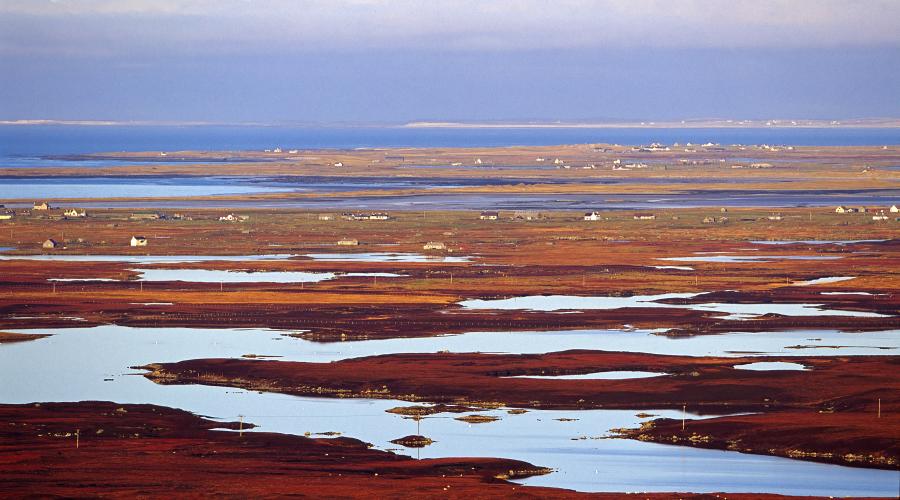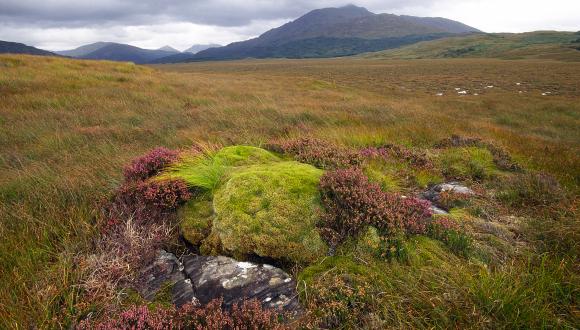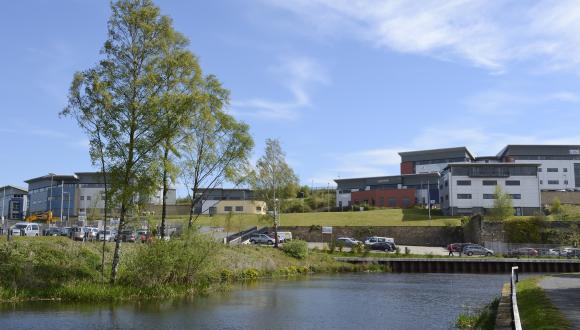
Planning and development: soils
Soil is a non-renewable natural resource that supports Scotland’s biodiversity, farming and forestry
Soil performs many roles. But once built upon, it loses its ability to fulfil any other function in the environment.
Planners and developers should think about soil as a resource that supports many ecosystem services. It’s vital to consider the full range of threats to soils and the potential effects of any development – both on-site and beyond.
To better understand the importance of soils in the wider environmental context, explore the planners and developers area on the Scotland’s soils website. The information here will also help you assess the impact of proposals on soils and on the environmental processes that soils control.
Our approach to planning and development is that the planning system should seek to protect soils from damage, especially:
- prime agricultural land
- soils with high organic content
- soil associated directly with a habitat (eg. peatland) or key geodiversity features
Find out about the likely presence of peatland in areas of Scotland using the Carbon and Peatland 2016 map.
Guidance
- Guidance on developments on peatland: peatland survey
- Peat landslide hazard and risk assessments: best practice guide for proposed electricity generation developments
- Floating roads on peat
- EIA handbook – soil appendix
- Soils of National Conservation Importance in Scotland
Find out more
Restoring Scotland's peatlands







